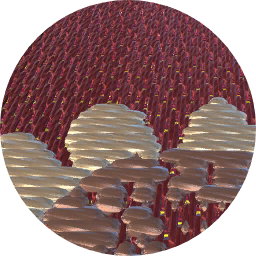Description
SILK SKEINS AND COCOONS
Silk is reeled or spun from the filaments of the silkworm’s cocoon and then woven. India’s ‘wild’ silks come from the larvae of the Antheraea genus of moths, which are native to eastern and central India. Mulberry silk was introduced to India from China about 2000 years ago. Different parts of silk cocoons are used to make different textures of silk yarn.
Silk skeins
(Top, left to right): eri, tasar (semi-bleached ghicha), mulberry waste (fesua), muga (machine-reeled)
(Bottom): muga (ghicha), tasar (jhurri), tasar (nassi), tasar (katia)
Assam, Odisha and Madhya Pradesh, 2014
V&A: IS.16 to 23-2015
Silk cocoons
(left to right): Muga silkworm, eri silkworm, mulberry silkworm
Assam, 2006
Private collection
Mulberry silk skeins
Bengal, 1818
V&A: IS.57-1990 [03/10/2015-10/01/2016]
[03/10/2015-10/01/2016]
Silk bag containing six labelled skeins of silk with a corresponding letter, Bengal, ca. 1817
Striped silk bag with black fringes containing six labelled filatures (skeins of silk) and a corresponding letter with insert. The letter is dated 1818 and gives instructions for the purchase of raw silk in Bengal. The printed insert dated 1817 gives the current prices for silk purchase by region, quality, and buyer.
Five of the six silk skeins originally had folded paper labels wrapped within them. The labels were removed and flattened in 2015 to reveal the identity of their corresponding skeins.














